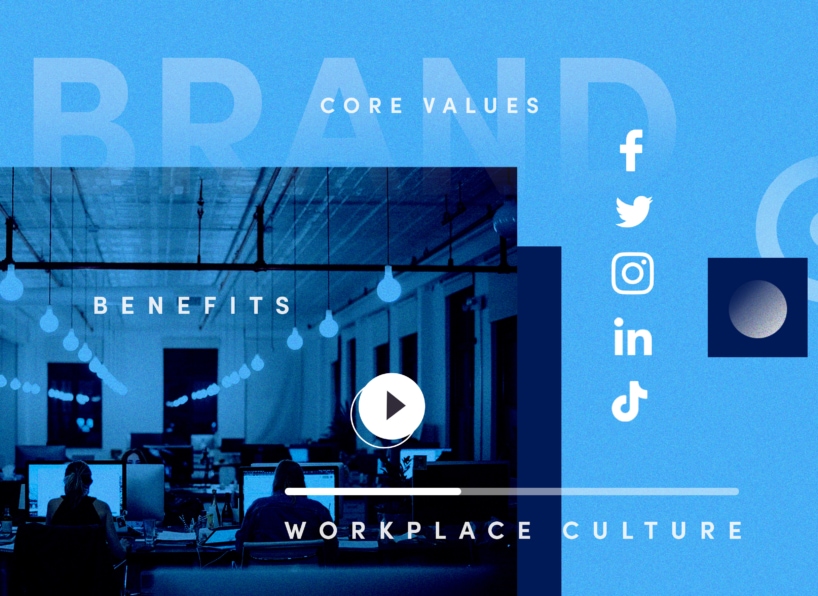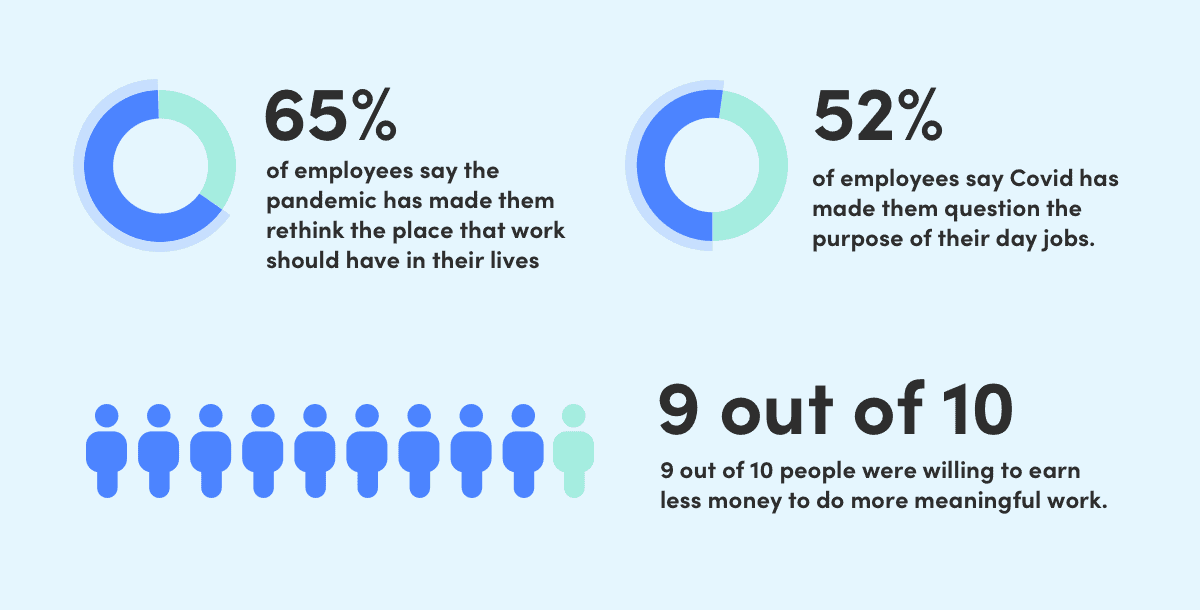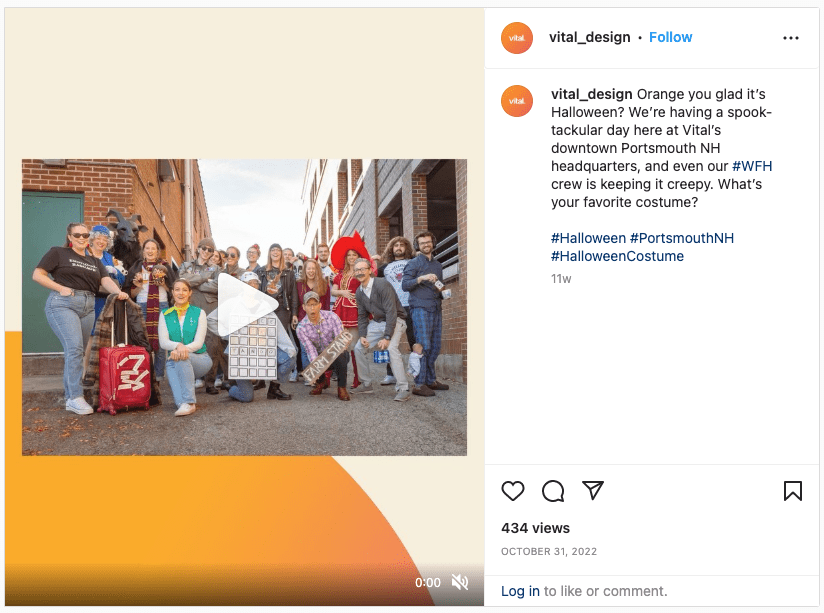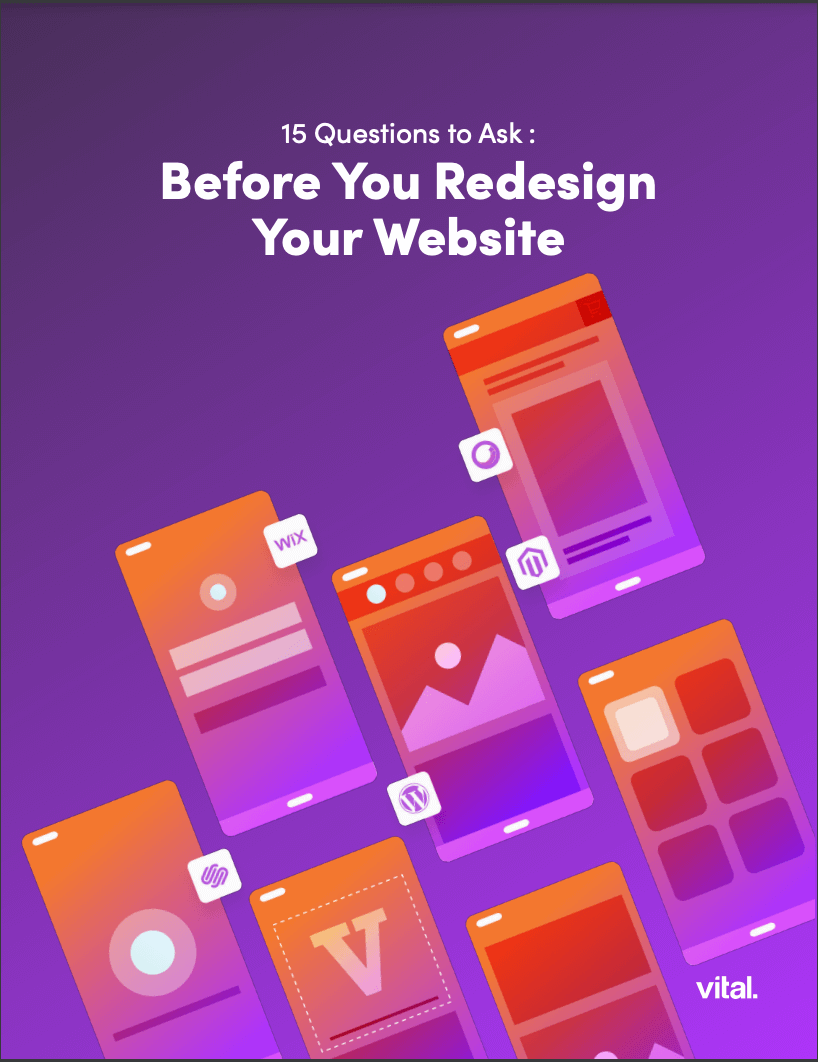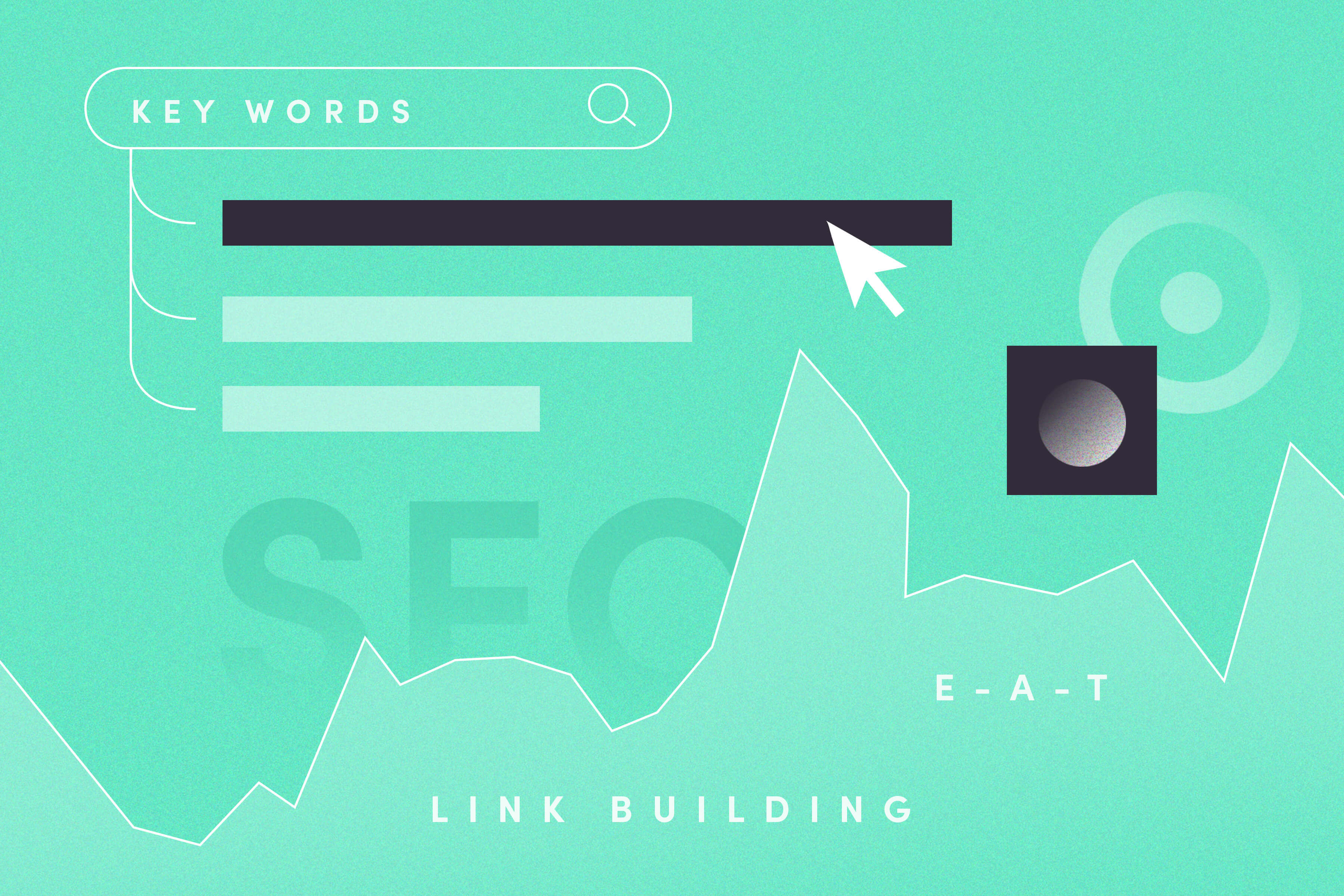When most people hear the word “branding” they think of brand names, logos, colors, slogans… all the things that turn a product or a service into a brand for its customers. But in today’s rapidly changing job market, we’ve noticed more and more clients coming to us with a different challenge:
How can we attract and retain more great employees?
Well, just like attracting and retaining loyal customers, there are a lot of things a company can do to be more attractive to prospective employees and job-seekers. And, just like with your customers, your company can maximize the impact of its recruitment and retention efforts by focusing on how its brand is experienced by existing and potential employees.
What Is Employer Branding?
A company’s employer brand is how it is perceived as a place to work. It’s a combination of intangibles such as:
- Workplace culture
- Core values
- Employee satisfaction
- Reputation
And tangible aspects of working for a company, including:
- Compensation
- Perks & benefits
- Leadership & organizational structure
- Physical location (if you still roll that way)
Like your logo and your slogan, employer branding is all about crystallizing and communicating what makes your company different and better — in this case to the people who work there.
What Is the Role of Employer Branding in Recruitment?
We can’t really talk about the state of employment without talking about the Covid pandemic. According to research from Gartner, 65% of employees say the pandemic has made them rethink the place that work should have in their lives, and 52% say Covid has made them question the purpose of their day jobs.
As of 2022, compensation was still the most important factor that determined whether people would accept a job offer (see this report from Jobvite). Yet even before Covid, The Harvard Business Review reported that 9 out of 10 people were willing to earn less money to do more meaningful work.
What does this have to do with the role of employer branding in recruitment?
It’s simple: A strong employer brand will help your company distill and communicate its purpose beyond just revenue-generation. And that will help you attract and retain more right-fit job candidates.
How to Build a Strong Employer Brand: 10 Steps
At Vital, we tell our brand strategy clients that their brand is more than just the outward-facing assets of the logo, the visual identity, or the messaging. It’s about identifying your company’s true differentiating value from the point of view of your audience, then aligning everything you do with that value and shouting it from the rafters — in the most simple, memorable, and relevant way possible.
Building a strong employer brand is no different. Here’s the step-by-step approach we take to help our clients build employer brands that are as strong, unique, and effective as their customer-facing brands.
10 Steps for Building a Strong Employer Brand
1. Know your audience
2. Be authentic
3. Define your company’s “why”
4. Define & live your core values
5. Align your perks & benefits
6. Pay attention to the details
7. Get social — the right way
8. Empower your internal “employer brand ambassadors”
9. Bring it to life with photos & video
10. Activate your employer brand with a comprehensive digital marketing strategy
1. Know your audience
One of the biggest mistakes we see companies make with their employer branding is to start by looking inward: Who are we, and what makes us special? That’s super important, but we encourage our clients to take a step back and focus on their audience first.
Just like with any branding exercise, employer branding is about communicating what makes you special and different in ways that are meaningful and valuable to your audience. So, start by creating employee personas to represent your ideal job candidates. A good employee persona will help you nail down:
- What’s most important to your candidates in choosing a company to work for?
- How and where do they find information about potential employers?
- What are some of their pain points with their existing or previous employers?
- What are their career and life goals?
- How do they make job decisions, and what or who influences those decisions?
…Along with other insights that will be important in crafting and communicating your employer brand.
Protip: Interviewing current employees is a great place to start gathering information for your personas. Be sure to include a mix of long-standing and newer employees. You may want to consider having someone outside the company (like marketing and/or branding agency) conduct interviews and create personas. This will help you maintain confidentiality, allow employees to speak freely, and generally lead to more objective and informative results.
2. Be Authentic.
Often, in the course of developing employee personas, you will discover gaps between how your company is perceived as an employer and how you want to be perceived. That’s okay. Like any other human endeavor, a business is always a work-in-progress, and there is no such thing as the “perfect workplace.”
The following steps in this process will go a long way toward helping you align your employer brand with what your audience has told you they need and want. But before we begin, a word of caution: You can’t fake your way to a great employer brand.
For example, if employee interviews reveal that people wish they felt more valued at work, you shouldn’t necessarily go out and buy the first Employee Appreciation Trophy you can find. Instead, do some introspection to identify what you truly value about your employees — and find ways to express that value that feel authentic and meaningful to you and your employees.
3. Define your company’s “why”
We’ve already mentioned that meaningful work is a huge motivator for today’s employees.
Now we are here to tell you that your purpose doesn’t have to be world-changing to be meaningful. If your company…
- Fills a need in the marketplace
- Makes the lives of its customers in some way better, easier, more fun, etc.
- Does not explicitly and knowingly cause harm to others (for example through misinformation or unethical sales practices)
Congratulations, you have a “why.” Your job as a brand is to communicate that “why” to your customers. Your job as an employer brand is to connect that “why” to sources of meaning in your employees’ lives.
If you haven’t already, spend some time defining your company’s “why.” Make it as simple, authentic, and easy to understand as possible. Get excited about it! Purpose feels awesome.
Then, get excited about how each and every one of your employees can use their unique skills, interests, and expertise to contribute toward that shared purpose. Communicate this to existing employees and job seekers, and you’ve done a big piece of the work of creating a winning employer brand.
4. Define & live your core values
In our experience, core values are the single most overlooked and under-utilized corporate brand asset. Everyone seems to have them, but few companies know how to use them to differentiate their brand internally or externally.
So, let’s start there: Your company’s core values are the attitudes and beliefs that lead directly to your differentiating value in the market.
(The job market included.)
For example:
- If your industry is widely perceived as cold and impersonal, “We Care” is a great differentiating core value.
- If your industry is perceived as warm and human, “We Care” might be true, but it doesn’t lead you to act in ways that are different from the competition — so it doesn’t have much value for your brand.
When we work with brand strategy clients, we often start from their Unique Selling Proposition (USP), and work backwards to identify the unique set of values that allow them to deliver that USP. This connects your values with your purpose.
Communicating and living those values as an employer will help you create more meaningful work experiences for your employees, and build your employer brand.
5. Align your perks & benefits
Align your perks and benefits — with what? There are three quick answers to that question:
- Your legal obligations. Since this is a given, not a brand differentiator, we’ll leave it up to your HR department and move on.
- The demands of the market. Again, this isn’t brand specific. It’s about meeting the minimum requirements to be perceived as a “good enough” employer. But you don’t want to be “good enough.” You want a great employer brand, one that can attract top talent without paying unnecessarily extravagant salaries or losing your top performers to that sweet-talking recruiter who slides into their LinkedIn DMs. That brings us to…
- Your purpose & values. Once you’ve covered the basics, look for opportunities to flesh out your benefits package with perks that directly reinforce your unique brand value. If you’re able to do this, your perks won’t just feel “nice to have” — they’ll feel authentic and meaningful.
Examples:
- Eco-friendly brand? Create partnerships with local providers to offer employee discounts on energy efficient products.
- Professional services brand focused on continuous improvement? Paid tuition or professional development training would be on-brand.
- Innovative tech brand? How about unlimited paid time off to keep your employees engaged in their recreational or creative passions?
6. Pay attention to the details
Customer-focused branding equips you to communicate your unique value through all every touchpoint. Your website, your social channels, your product design and packaging, your brick-and-mortar locations (if you have any) — everything should be “on brand.”
Same goes for employer branding. Every employee and job-seeker touchpoint should reinforce your employer brand.
A few touchpoints to focus on:
- The “Careers” section of your website. This is a great place to show off your workplace’s personality, as well as sharing your purpose, core values, perks & benefits, and anything else that makes you unique as an employer.
- Your social media presence. In terms of representing your employer brand, social is huge. Zippia reports that 79% of job seekers check a potential employer’s social pages — so make sure you are actively managing yours. We’ll talk more about social media engagement in Step 7
- Your recruiting process. What is the first line of communication between your company and potential recruits? How does your HR and/or recruitment team represent your employer brand during the application process? According to CVViz, 67% of America’s workforce agrees that their experience during the application process as a whole would “make or break their decision on whether to take a job.”
- Your onboarding process. Hiring and training new employees is expensive and time-consuming. According to Glassdoor, companies with a strong onboarding process improve retention of new hires by 82% and productivity by over 70%.
- Your physical location. Think beyond painting the walls your brand colors, and make sure your location aligns with your values as much as possible. Does the layout of work-spaces encourage collaboration and flow? Does it feel like a place humans want to spend their time? Are there plentiful shared spaces? Is it fun?
- Your workspaces & tools. Your choice of work furniture and technology tools (like laptops) can either reinforce or detract from your employer brand. Choose wisely.
- And, yes, your branded swag. Make it as useful and meaningful as possible. And keep it coming. One branded Moleskine notebook is nice. One follow-up gift a quarter is awesome.
Protip: Don’t forget your hybrid and work-from-home employees. Even more than those who come into an office regularly, these employees need to feel like they’re part of your team. They should get the same support in setting up their home workspace as your in-office employees. And the swag might be even more important for this cohort.
7. Get social — the right way
When it comes to using social media to enhance and communicate your employer brand, there are a few different things to consider:
- Social media profiles
- Unpaid social media posts and activities
- Active recruiting via social media
- Paid social media advertising
For this step, we’re going to focus on your profiles and unpaid social media activity. We’ll cover active social media recruiting and paid social in Step 10: Activate your employer brand with a comprehensive digital marketing strategy.
Let’s start with your social media profiles. The big question we get from our branding clients is: What social media platforms should my company have a presence on?
The answer is easy: All of them. Yes, all of them. Even if you don’t use some platforms to actively promote your employer brand, you should have a consistent, branded presence on all the major social media platforms, including:
The reason? Job seekers, including passive job seekers, are everywhere on social. Your ideal employees may not be using a given social media platform to actively search for jobs, but if they encounter your brand anywhere, at any time, you want to make sure they have a positive experience that reinforces the value of your employer brand. That means maintaining up-to-date, on-brand profiles on all social media platforms.
Now, when it comes to unpaid social media posts and other activity, the calculus changes. Posting and engaging with posts is time-consuming and potentially costly if you’re putting a lot of copy and design resources into your posts, so you want to focus your social media activity on the platforms where your ideal employees are most likely to engage with you.
If you’re not sure where that is, go back to Step 1: Know your audience. If you’re still not sure, a little trial and error should clear things up. Post employer brand content everywhere at first; then weed out the platforms where you’re not seeing enough engagement to justify the effort.
Finally, the big question: What the heck should you post?
At Vital, we’ve had success promoting our employer brand on social with:
Employee spotlight posts
Posts about fun or interesting company events
Job opening announcements
Those are just a few ideas. Have fun coming up with your own, and read on to Step 8: Empower your internal “brand ambassadors” and Step 9: Bring it to life with photo and video for more.
8. Empower your internal “employer brand ambassadors”
What’s the best form of marketing? Word of mouth. That goes for marketing your employer brand as well. After all, Forbes reports that “at least 80% of all jobs are filled through a professional network connection.”
These days, word of mouth takes two forms:
- Traditional, face-to-face networking and recommendations
- Authentic, organic social media “buzz”
Take advantage of both by identifying, empowering, and incentivizing your internal “employer brand ambassadors” to spread the word about what a great place your company is to work.
Consider a referral program to encourage existing employees to actively tap into their networks to fill vacant positions. And build social media buzz by making it fun and easy for employees to post positive things about working for your company.
9. Bring it to life with photo and video
If you don’t know that video is marketing gold, you’re probably not paying attention. With the huge rise in popularity of TikTok, YouTube, and other video streaming services, this is more true than ever.
Take advantage of this trend to build super-compelling video marketing assets for your employer brand.
This might take the form of produced recruitment-focused videos like this one we made for Vital:
But you can also tap into those employer brand ambassadors we talked about to create short-form, authentic user-generated video content and photos to post on social media and/or your website — or even to use in your paid recruitment advertising strategy.
10. Activate your employer brand with a comprehensive digital marketing strategy
Congratulations! You’ve worked your way through steps 1-9, and you officially have a kick-a$$ employer brand, along with some creative assets and an organic social media presence.
Don’t stop yet — step 10 is where it all comes together to start driving more qualified job applicants, more accepted job offers, lower turnover, and a more engaged, satisfied workforce.
The ingredients that go into your employer brand digital marketing strategy include:
- Your website, especially the Careers and About sections
- SEO strategy
- Content marketing
- Paid digital advertising (PPC)
- Paid social
- Job boards
- Paid recruitment
- Online reputation management
- …and more!
When it comes to these digital marketing tactics, the whole is greater than the sum of its parts. In other words, you should know how to mine data-driven intelligence and apply it across platforms to make a greater impact than you would with a more siloed approach.
Reporting and analytics are also crucial for understanding where to pivot, where to double down, and where to cut your losses. A digital marketing agency partner with experience in employer branding can work wonders in ensuring that you get the maximum return on the investment you make into your employer brand.
How One Vital Client Is Nailing Their Employer Brand [Mini-Case Study]
Long-standing Vital client Merchants Fleet came to us for help amping up their employer brand during a period of high growth. We worked with them to enhance the Careers section of their website with fresh copy and graphics, and produced a recruitment video that showcases their authentically awesome culture.
The Merchants team did the heavy lifting of:
- Creating an authentically stand-out employer brand
- Investing in Environment, Social, and Governance (ESG) principles
- Creating a leadership culture of respect, empowerment, and recognition
- …and countless other large and small things to make sure they’re known as a great place to work
We’re proud to have played a role in their success as a great employer brand.
Want Help Activating Your Company’s Employer Brand?
Being a great place to work can seem like a lot of, well, work — but it pays huge dividends in recruiting and retaining top talent. Plus, it just feels better to operate in a culture that values and brings out the best in its people.
If you’re looking for help defining, enhancing, or activating your employer brand, we’d love to connect. Get in touch to start the conversation.
